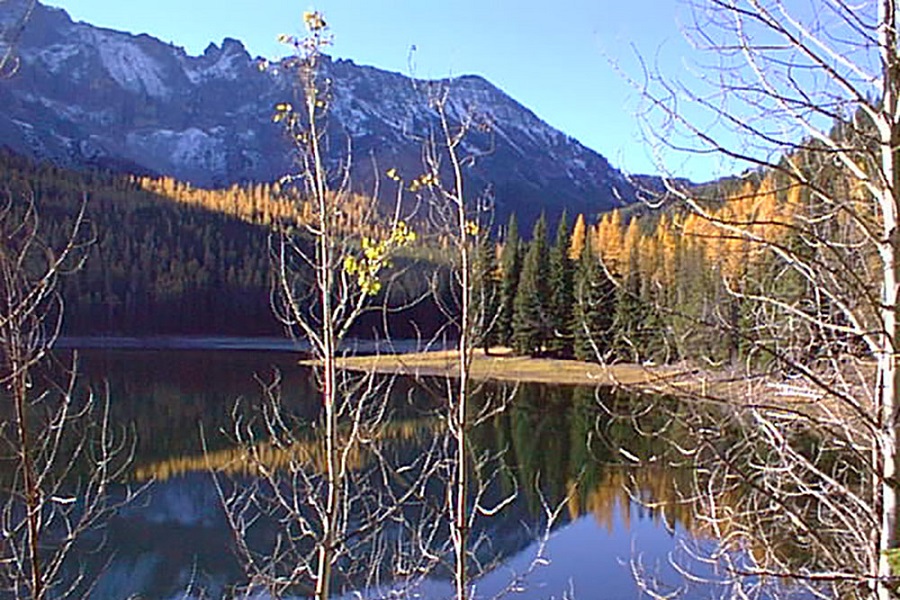Ryan Bundy, one of the leaders of the small group occupying the Malheur National Wildlife Refuge in Oregon, said the group’s goal is to “restore the rights to people so they can use the land and resources,” especially for ranching, logging, mining and recreation.
Their goal harkens back the “Sagebrush Rebellion” of the 1970s, though their tactics are more draconian. Then the rebels called for more local control of federal lands, if not outright transfer of title to those lands to the states, and such solutions are still worth considering. Only a tiny fraction of the federal land is spectacular parks such as Yellowstone or untouched wilderness. Of the nearly 250 million acres controlled by the Bureau of Land Management, most is best suited for grazing and mineral production, and of the nearly 200 million acres controlled by the U.S. Forest Service, most is best suited for well-managed timber production. These commodity production lands could and should be turned over to the states, if not privatized. Until major changes in federal land management occur, rebels are not likely to disappear from the scene anytime soon.
Federal management of the West’s resources has been disastrous for decades. The impetus for the Oregon occupation is the imprisonment of a father and son for setting fire to federal lands to control invasive species moving to private lands and to help prevent wildfires, a huge land management problem in the West.
Living in the mountains south of Bozeman, Mont., I feel their pain because every summer I fight spotted knapweed, an invasive plant spread from my national forest neighbors, and I fear that wildfire will spread from the unmanaged federal land. My wife and I manage our 17 acres by harvesting trees (since taking ownership 10 years ago, we have taken 200 tons of logs and left no lasting scar) and by spraying and digging the knapweed, neither of which the Forest Service does.
The second cause is “multiple conflicts over multiple uses.” At the time of the Sagebrush Rebellion the list of multiple uses that federal land agencies were to manage was huge. It is growing exponentially. From its original task of sustaining timber production and clean water, the U.S. Forest Service is now expected to supply recreation — motorized and non-motorized — provide endangered species habitat, sequester carbon, offer livestock grazing and provide access for hunting, that list expands with every new interest group that pops up in Washington. The forests surrounding our house were logged long before we cut a tree, but no trees have been cut for decades because the land is supposedly habitat for grizzly bears and Canada lynx.
Federal agencies have personnel qualified to manage for these goals, but they are tied in a “Gordian knot,” to use the words of a former Forest Service chief. The knot is tied by politicians and judges whose strings are pulled by special interest groups in the nation’s capital.
Western ranchers, loggers, farmers and, yes, even government bureaucrats with their feet on the ground could provide the stewardship sought by the rebels in Oregon. Now that armed confrontation has brought attention to their cause, we need to consider policies that will devolve management to lower levels of government and get the incentives right for encouraging environmental and fiscal responsibility. The big challenge will be to find politicians with the courage to become real policy rebels.
Originally appeared in the New York Times’ Room for Debate forum on “Who Should Control the West?” on January 7, 2016.
Read the other contributions to “Who Should Control the West?”




